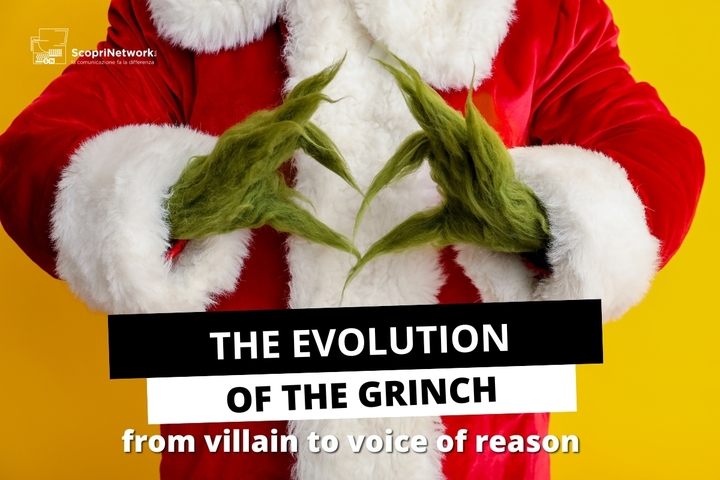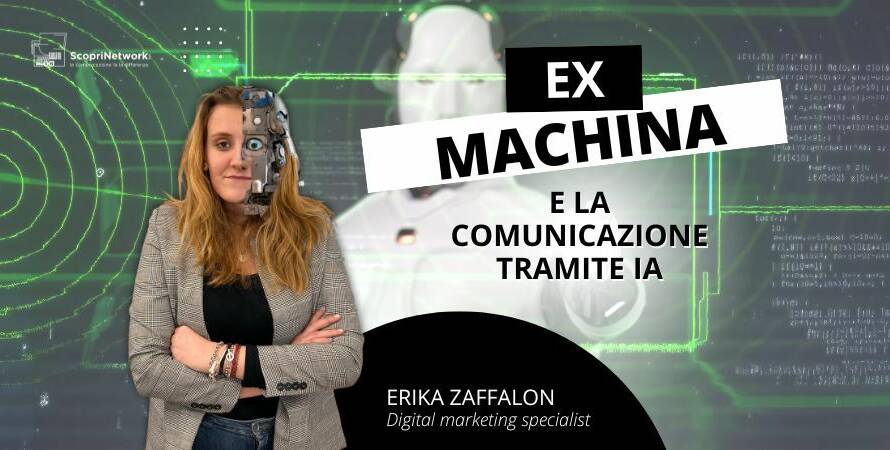In recent years, Artificial Intelligence has revolutionized the world of generated art and animation, enabling the creation of images that faithfully reproduce iconic styles. One of the latest trends involves generating images in the style of Studio Ghibli, the renowned Japanese animation studio founded by Hayao Miyazaki. Thanks to the AI image generation feature integrated into ChatGPT, it is now possible to create works in Studio Ghibli’s dreamlike style with just a simple prompt, making this technology accessible to a wider audience.
However, AI-generated art is not limited to the Ghibli style. In recent years, various projects and tools have demonstrated how technology can not only replicate existing styles but also push beyond, creating entirely new works.
Examples of AI-generated art
One of the earliest significant experiments was The Next Rembrandt (2016), a project by Microsoft and ING that used AI to analyze thousands of Rembrandt’s paintings and generate an entirely new work in the style of the Dutch master. The AI studied the technique, use of light, and composition of existing works to produce an original painting that appears authentic.
Another iconic example is Portrait of Edmond de Belamy (2018), a work generated by a neural network called GAN (Generative Adversarial Network). Created by the artist collective Obvious, the piece was auctioned at Christie’s for over $400,000, proving that AI-generated art has recognized value even in the traditional art market.
In the field of visual manipulation, Google developed DeepDream, an AI algorithm that transforms existing images into psychedelic and surreal compositions. This tool has sparked great interest among digital artists and content creators, giving rise to a new genre of AI-based art.
DALL·E, developed by OpenAI, is another groundbreaking example. This AI model can create original images from textual descriptions, allowing users to generate scenarios, objects, and characters in various artistic styles, including Studio Ghibli’s. Other tools like Stable Diffusion and MidJourney are also contributing to the democratization of artistic creation, making image generation accessible to an ever-growing audience.
AI’s application in art extends beyond digital painting. For example, NVIDIA has developed algorithms capable of generating realistic environments for video games and films, reducing production time and costs. The music industry is also exploring AI, with artists and companies experimenting with AI-generated tracks and soundtracks.
AI and Copyright: A Legal Gray Area?
One of the most debated topics in AI-generated art concerns intellectual property. Currently, copyright law does not recognize authorship for works created entirely by artificial intelligence, as there is no human author. In many jurisdictions, including the United States and the European Union, only works created by human beings can be protected by copyright. This means that someone using AI software to generate an image cannot automatically claim ownership of it.
Another critical issue involves the use of existing works to train AI models. Neural networks are often trained on massive datasets that include images from real artists without their explicit consent. This raises questions about potential copyright violations, especially when AI-generated output mimics the style of living artists or registered trademarks, such as Studio Ghibli. Some artists and production studios are already taking legal action to protect their work, while AI platforms are exploring solutions such as allowing artists to opt out of having their styles included in training datasets.
AI as an Opportunity for Communication Agencies
These technologies represent an opportunity to innovate visual content production, accelerate creative processes, and offer new customization possibilities in advertising campaigns. AI enables the rapid creation of concepts and graphic variations, optimizing time and costs. However, it is essential to address issues related to intellectual property and the ethical use of generated images.
Artificial Intelligence is redefining the boundary between technology and creativity. Tools capable of emulating the style of iconic artists, like Miyazaki, offer new perspectives for the world of art and visual communication. When used consciously, AI can become a powerful ally for those working in the creative field, opening the door to new forms of visual expression and storytelling.





